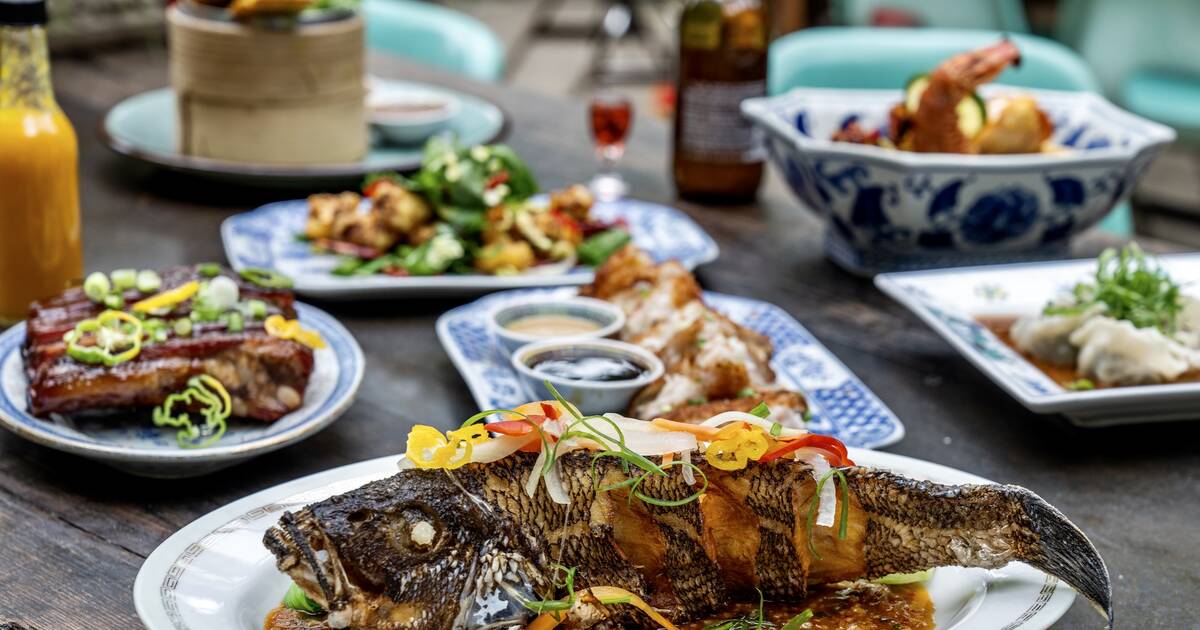The people of the Caribbean have been exposed to a wide range of Caribbean cuisine from other countries since the earliest days of European settlement. Today, the region is home to not only many diverse nationalities and ethnicities but also to a huge number of international restaurants that are trying to capitalize on this trend.
Caribbean cuisine has evolved over time due to its geography and climate, as well as how different immigrant groups have influenced it. With these factors in mind, read on to learn more about what’s unique about Caribbean cuisine, including its influence from African, Indian and European cuisines.
Where is the Caribbean?
The Caribbean is a large section of land that lies between the Americas and the Antilles (or Lesser Antilles), an island group consisting of a number of islands that stretch from the coast of South America to the coast of North America. The islands in this region include the Lesser Antilles, the Greater Antilles, the Bahamas and others that are sometimes included in the Caribbean.

The Caribbean is home to many different cultures, many of which have been influenced by the Europeans who first settled here. When people think of the Caribbean, they often think of sunny, tropical locations where people often engage in activities such as swimming in turquoise-blue oceans, sunbathing on white-sand beaches, and enjoying coconut-water cocktails while lounging under palm trees.
But the region is much more than this, and the people who live there have a rich food culture that has evolved over time due to the many cultures that have come to inhabit the region.
Caribbean Cuisine: An Overview
Not to be confused with any specific cuisine, the term “Caribbean cuisine” refers to the unique food culture and food traditions that are found in the Caribbean. The region’s unique geography and climate have shaped Caribbean cuisine to be tropical and warm, with many dishes focusing on the use of fresh fish and seafood.

Tropical fruit and vegetables are also common ingredients in many Caribbean cuisines, while corn and beans are often present in the diet of many people living in the region. Despite the region’s geographical conditions, European settlers also brought other ingredients and cooking styles to the Caribbean, and today, Caribbean cuisine is a combination of these two influences.
Caribbean Cuisine is a Fusion of Influences
The Caribbean’s geography and climate have had a strong influence on the cuisine, making it tropical and warm. The region is also culturally diverse, with many different immigrant groups from around the world coming to reside here. These factors have led to a fusion of different cuisines that have impacted the food traditions found in the Caribbean.
The majority of the population of the region today is of mixed race, with people from European, African, Indian, Chinese and other backgrounds all living here. These groups have brought with them different cooking styles from their native countries, further influencing the cuisine. Important staple foods in the cuisine include plantains, bananas, breadfruit, yams, coconut, various root crops, salad crops and tropical fruits such as pineapple, mangoes and papayas.

Corn, rice and beans are important staples, while meat, fish and poultry are also common ingredients in many recipes. Although the region is primarily tropical, there are a few areas in the Caribbean that are colder, especially in the northern islands. This has led to the development of a unique cuisine that incorporates ingredients that are more common in colder regions.
A few representative Caribbean cuisine from each region
- European Influence: Spanish Fish Stew, Puerto Rican Boiled Rice, Spanish Rice and Beans, Castilian Wedding Soup, Creole Gumbos, French Creole Stew, Creole Fish Stew, French Breadfruit Curry
- African Influence: West Indian Barbecue, Curry Fish, West Indian Cassava Porridge, African Macaroni and Cheese, African Grouper Stew, African Stewed Plantains, African Coconut Bread
- Indian Influence: West Indian Chicken Curry, West Indian Macaroni and Cheese, Indian Coconut Rice, Indian Corn Pudding, Indian Bread
- Chinese Influence: West Indian Fish Mofongo, West Indian Fish Stew, Chinese-inspired Poached Shrimp and West Indian Sweet Potato Pie
- Other influences: Caribbean Seafood Paella, Caribbean Stir-fry, West Indian Pasta Salad, West Indian Cranberry Relish, West Indian Curried Corn, West Indian Doughnuts, West Indian Muffins, West Indian Potato Salad, West Indian Root Vegetable Stew, West Indian Sweet Bread, West Indian Vegetable Stew, West Indian Muffins, etc.
Final Words
Caribbean cuisine is a unique blend of many influences. The region’s geography has played a strong role in shaping Caribbean cuisine, with tropical fruits, vegetables and fish being common ingredients.
While many people are aware of the region’s climate, its Caribbean cuisine is often overlooked, which is a shame as it has much to offer. The next time you’re planning a trip to the Caribbean, try out some of the foods mentioned in this article and see how different they taste with the Caribbean’s unique climate in mind.





